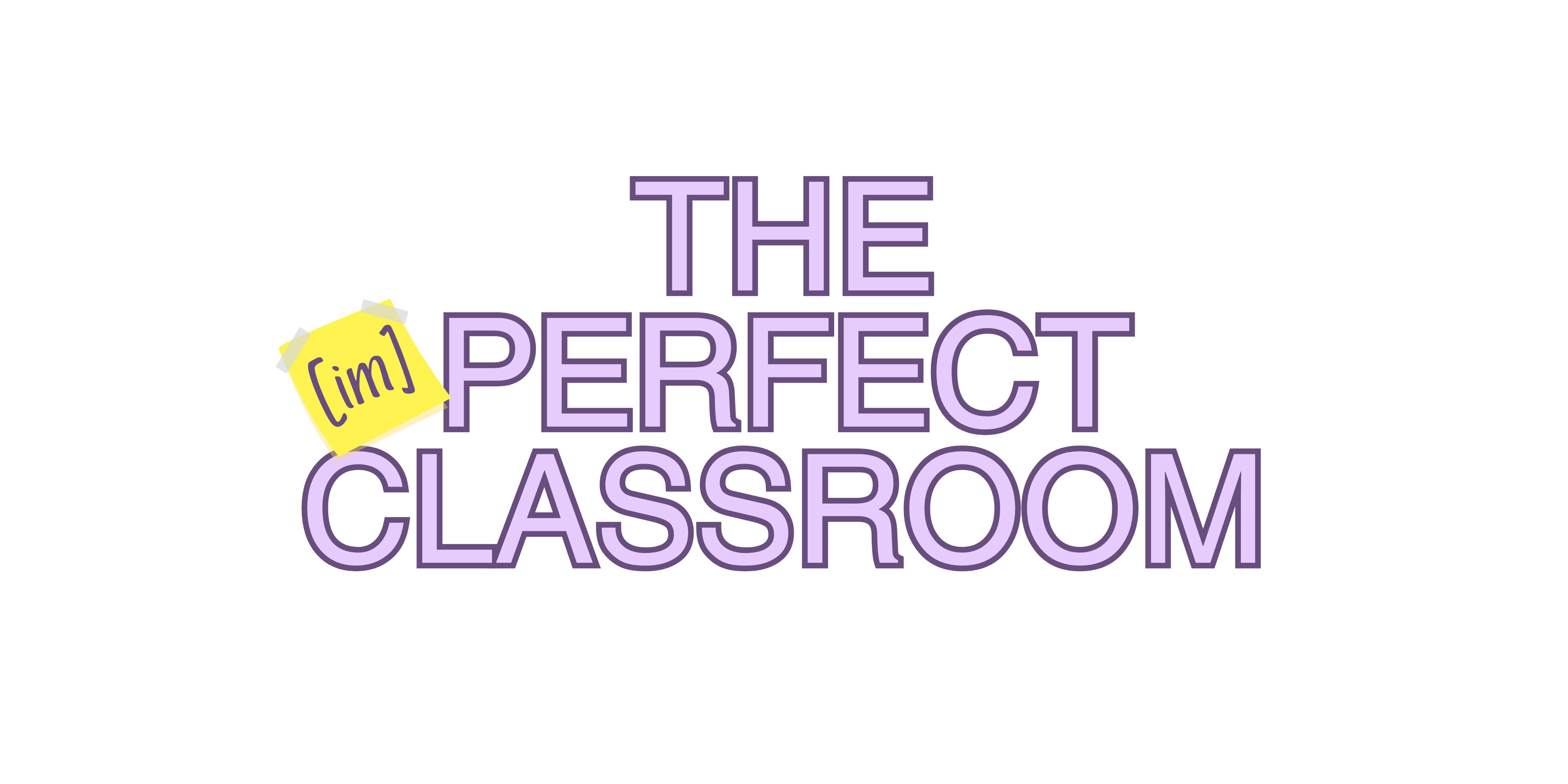Recently I was asked to be a part of a discussion panel on teacher leadership, and in an attempt to prepare for the panel, I’ve spent this past week reflecting on the idea of leadership itself.
I used to think of leadership as a solitary act – that some stand-out individual must somehow transcend the crowd in order to lead the masses. Unfortunately, I think this individualized view of leadership has all too often prevented me from trying to be a leader. Few of us want to step forward and take the reins – such an act requires courage and places a great deal of responsibility on the initiator. But in examining my own classroom and my own school building, I’m starting to realize that the Common Core Standards have helped redefine the parameters in which teachers can operate as leaders. We no longer have to fear the lonesome journey that so often characterizes leadership. Instead, we now have the opportunity to lead side-by-side. Together.
Collaboration is an important 21st-century skill at which our students will be required to be successful, both in school and in the workplace. In fact, it is one skill I’ve frequently discussed in this very column. After implementing the Common Core Standards in our classrooms this past year, most of us recognize how many opportunities for collaboration there are for our students in the new curriculum. What we don’t often acknowledge, though, are the many opportunities the Common Core Standards present for teachers to collaborate. And therein lies the secret for teacher leadership. If we seize those collaborative opportunities, then we are able to lead our buildings in meaningful instruction and practice. The moment you initiate a collaborative relationship with other members of your school community, you and they become leaders in the fight for what’s best for your students.
Have your students Skype with students from other schools, other states and other countries about one of the concepts you’ve been discussing in class. Invite community members to come into your classroom, and help students make authentic connections between your classroom content and the workplace. Trade classes for a day with one of your colleagues from a different department, and prove to your students how interconnected various academic disciplines really are. Create a class blog where students and their parents can discuss online the various texts you’ve been reading for class. It doesn’t matter how you do it – the moment you open your classroom to the participation and expertise of others is the moment you’ve become a leader for your school. And the best part about collaboration is that you don’t have to lead alone. You get to share the hard work, the obstacles and the victories with both your collaborative partners and your students.
I’m looking forward to the panel discussion on leadership this coming week. And I have to say it is appropriate that this will be a group discussion on the topic, rather than just one speaker’s view of leadership. We can no longer view leadership as someone else’s job and simply wait for the right leader to emerge. It’s time we step forward together and explore the ways our collaboration can lead our students to success.
Kimberly Shearer, an English teacher at Boone County High School, was named the 2012 Teacher of the Year on Oct. 18, 2011. During her year-long reign, Shearer is writing a monthly column for Kentucky Teacher that chronicles her experiences as a classroom teacher and as Kentucky Teacher of the Year. The column runs the second Thursday of each month.




Leave A Comment